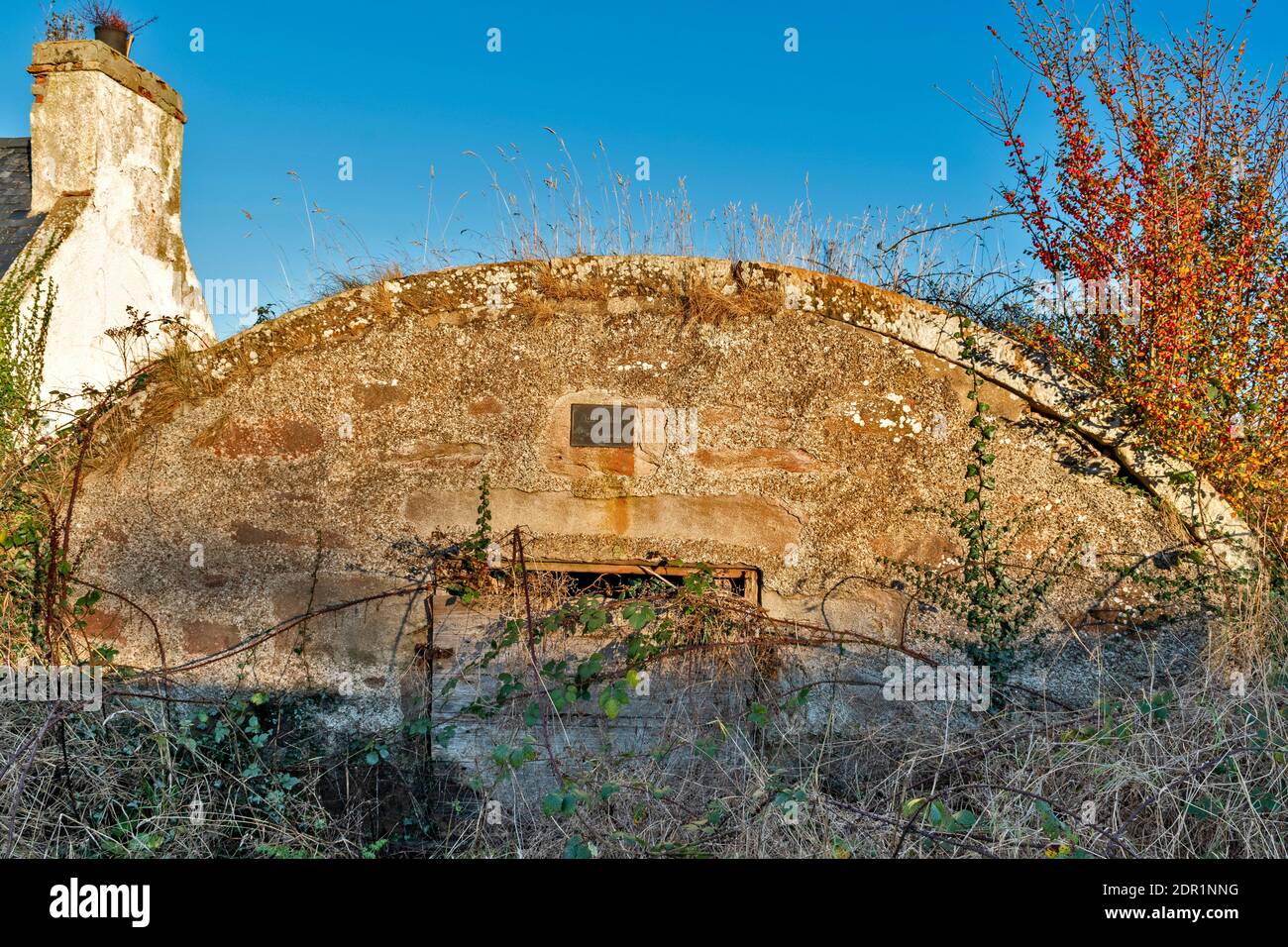CROMARTY BLACK ISLE PENINSULAR SCOTLAND DERELICT REMAINS OF THE 19th CENTURY ICE HOUSE

Image details
Contributor:
JOHN BRACEGIRDLE / Alamy Stock PhotoImage ID:
2DR1NNGFile size:
68.7 MB (5.7 MB Compressed download)Releases:
Model - no | Property - noDo I need a release?Dimensions:
6000 x 4000 px | 50.8 x 33.9 cm | 20 x 13.3 inches | 300dpiDate taken:
17 December 2020Location:
SCOTLANDMore information:
Cromarty is a town, civil parish and former royal burgh in Ross and Cromarty, in the Highland area of Scotland. Situated at the tip of the Black Isle on the southern shore of the mouth of Cromarty Firth, it is 5 miles (8 km) seaward from Invergordon on the opposite coast. Cromarty is architecturally important for its Georgian merchant houses, such as Forsyth House, built by William Forsyth, that stand within a townscape of Georgian and Victorian fisherman's cottages in the local vernacular style. It is an outstanding example of an 18th/19th century burgh, "the jewel in the crown of Scottish Vernacular Architecture".[10] The cottage with crow-stepped gables in Church Street, in which the geologist Hugh Miller was born (in 1801), is now the only remaining thatched building in Cromarty, with most houses having switched to slate roofs. Other buildings of note in Cromarty include the Stevenson Lighthouse, built in 1846, and the East Kirk, an important example of a medieval kirk in the Scottish vernacular, restored in the 2000s by the Scottish Redundant Churches Trust.